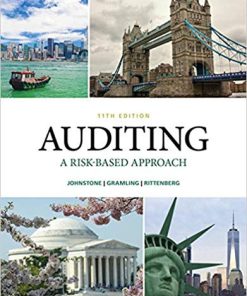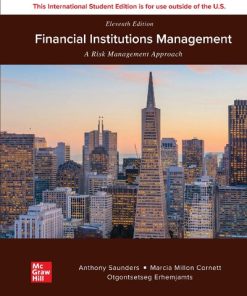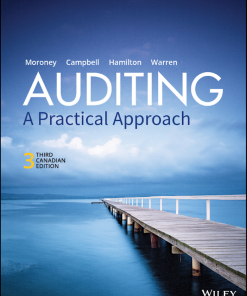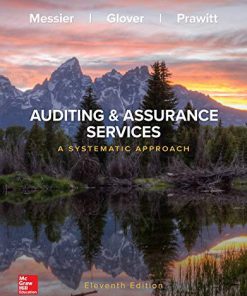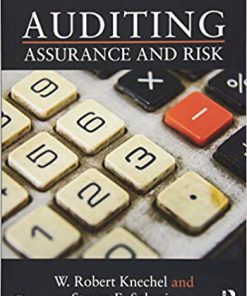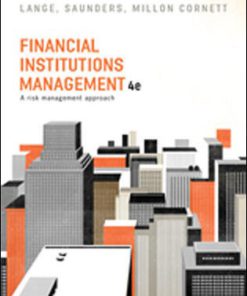Auditing: A Risk Based-Approach 11th Edition Johnstone-Zehms – eBook PDF
$50.00 Original price was: $50.00.$35.00Current price is: $35.00.
Auditing: A Risk Based-Approach – Ebook PDF
Auditing: A Risk Based-Approach – Ebook PDF Instant Delivery – ISBN(s): 9781337619455,1337619450
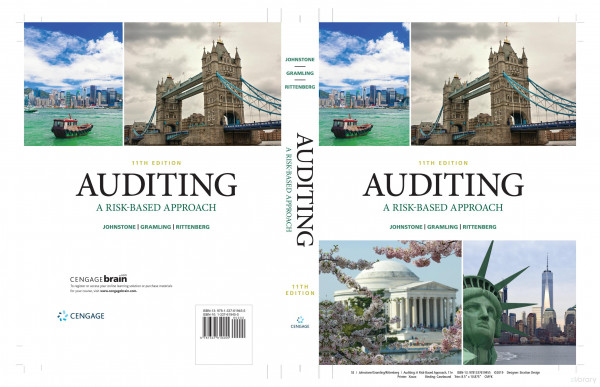
Product details:
- ISBN-10 : 1337619450
- ISBN-13 : 978-1337619455
- Author: Karla M Johnstone-Zehms, Audrey A. Gramling, Larry E. Rittenberg
The audit environment continues to change in dramatic ways, and Johnstone/Gramling/Rittenberg’s AUDITING: A RISK BASED-APPROACH, 11E prepares you for that fast-changing world by developing professional and ethical decision-making skills. AUDITING integrates the latest in standards, including new guidance from the PCAOB on audit reports, fraud risks, emerging topics such as data analytics, and ethical challenges facing today’s financial statement auditors within a framework of professional skepticism. Extensively re-written to be more engaging and reader friendly, AUDITING includes features include: “What You Will Learn” and “Let’s Review” sections that highlight important points in each chapter, and integrated true/false and multiple-choice questions throughout the chapter and “Check Your Basic Knowledge” to ensure understanding as you read. Finally, new end-of-chapter problems and new cases provide valuable hands-on experience. Trust AUDITING, 11E to help you master the full range of auditing issues in today’s evolving global environment.
Table of contents:
1. Quality Auditing: Why It Matters.
2. The Auditor’s Responsibilities Regarding Fraud and Mechanisms to Address Fraud: Regulation and Corporate Governance.
3. Internal Control Over Financial Reporting: Responsibilities of Management and the External Auditor.
4. Professional Legal Liability.
5. Professional Auditing Standards and the Audit Opinion Formulation Process.
6. Audit Evidence.
7. Planning the Audit: Identifying and Responding to the Risks of Material Misstatement.
8. Specialized Audit Tools: Sampling and Generalized Audit Software.
9. Auditing the Revenue Cycle.
10. Auditing Cash and Marketable Securities.
11. Auditing Inventory, Goods and Services, and Accounts Payable: The Acquisition and Payment Cycle.
12. Auditing Long-Lived Assets: Acquisition, Use, Impairment, and Disposal.
13. Auditing Long-Term Liabilities and Stockholders’ Equity Transactions.
14. Completing a Quality Audit.
15. Audit Reports.
People also search:
You may also like…
Business & Economics - Professional Finance
Technique - Food Manufacturing



